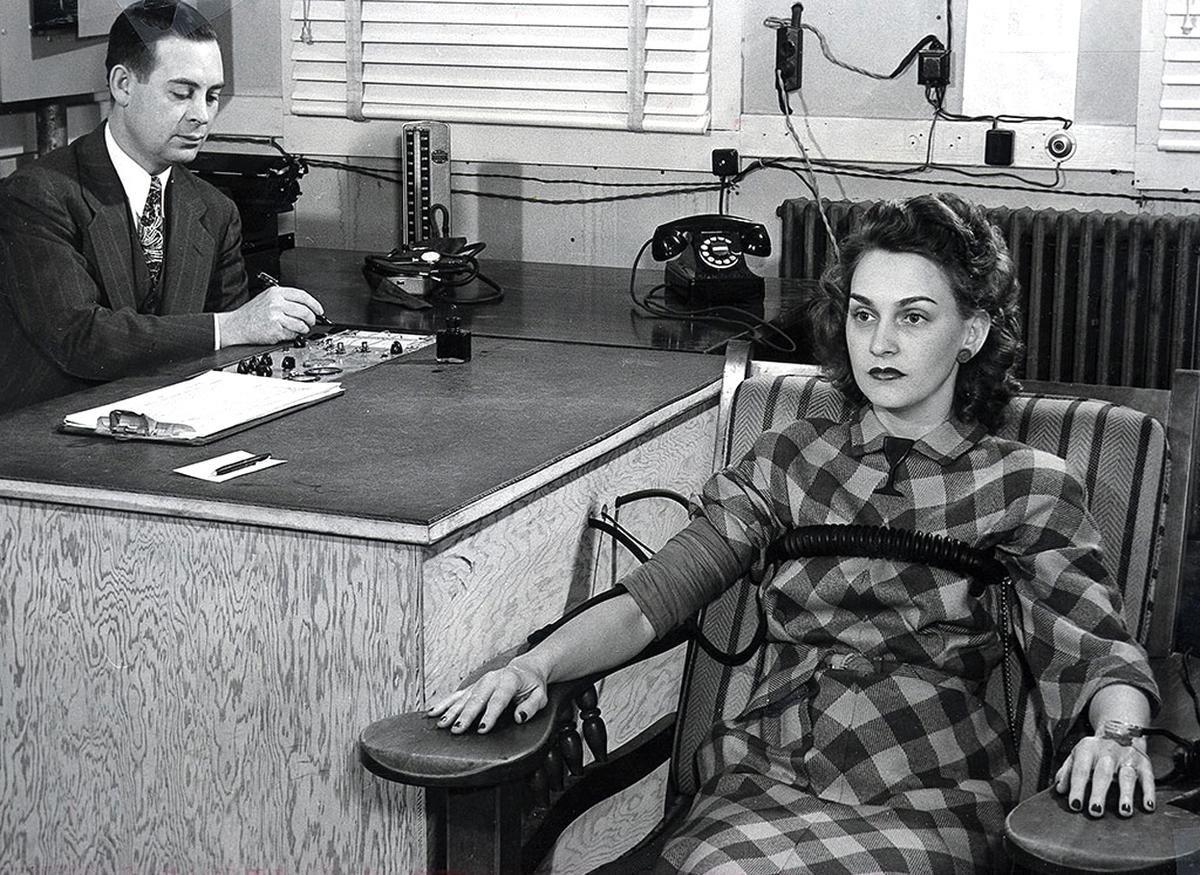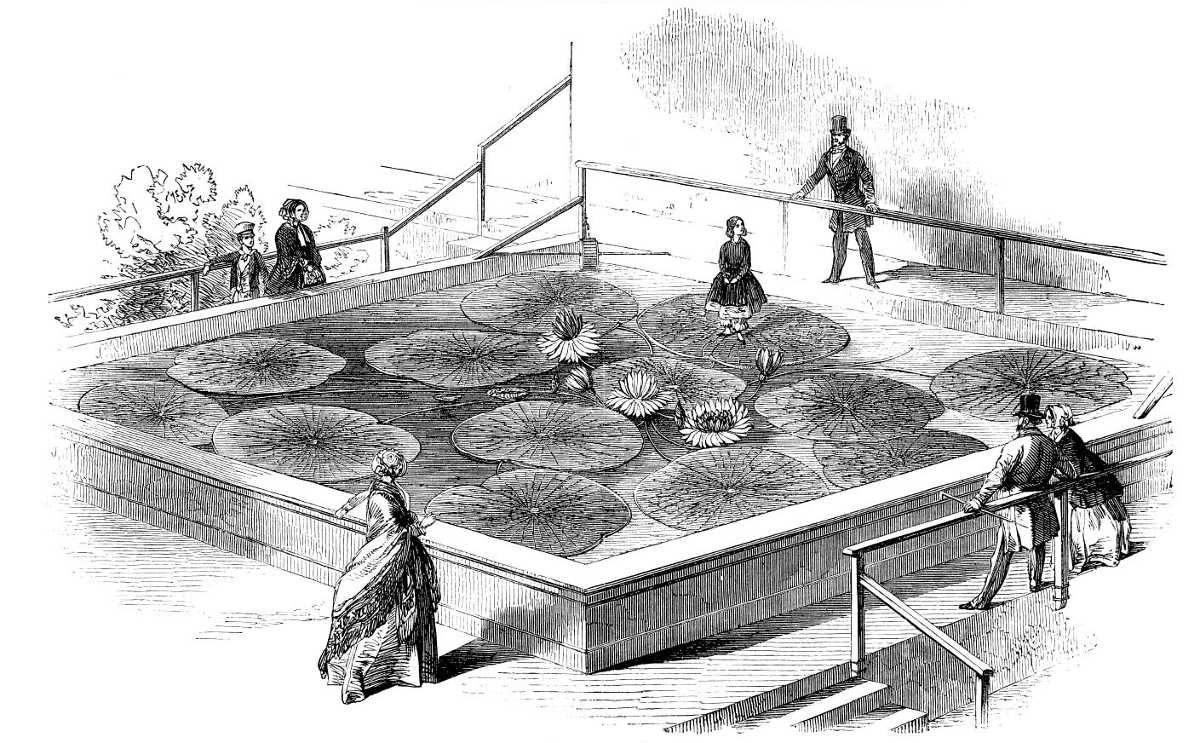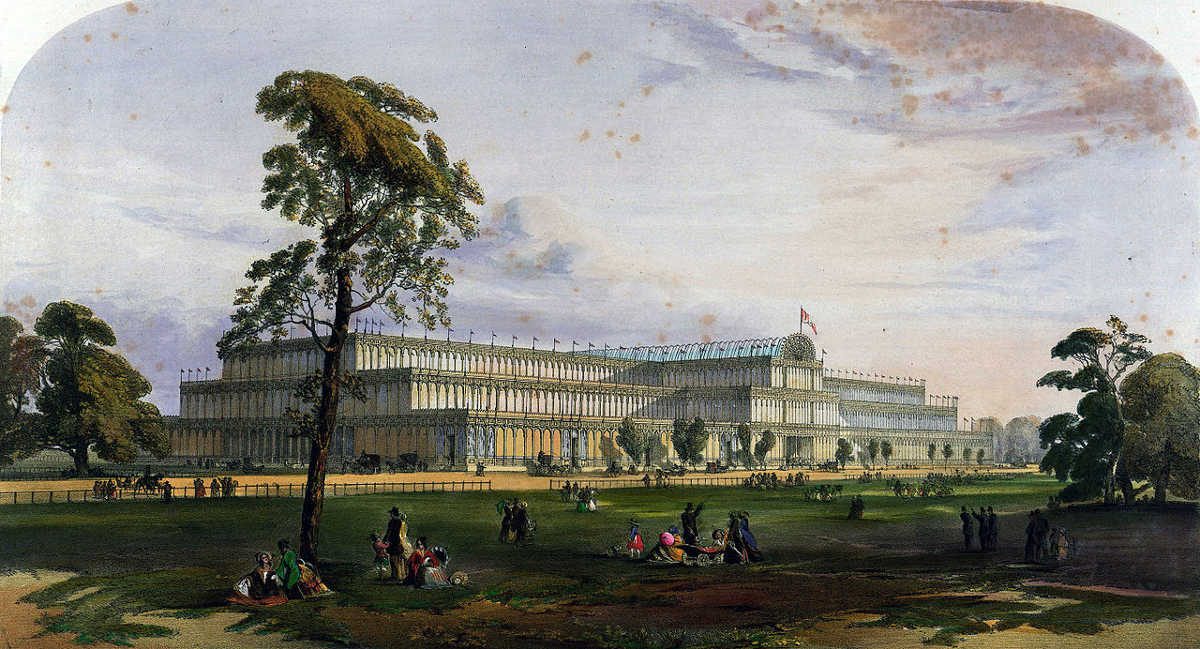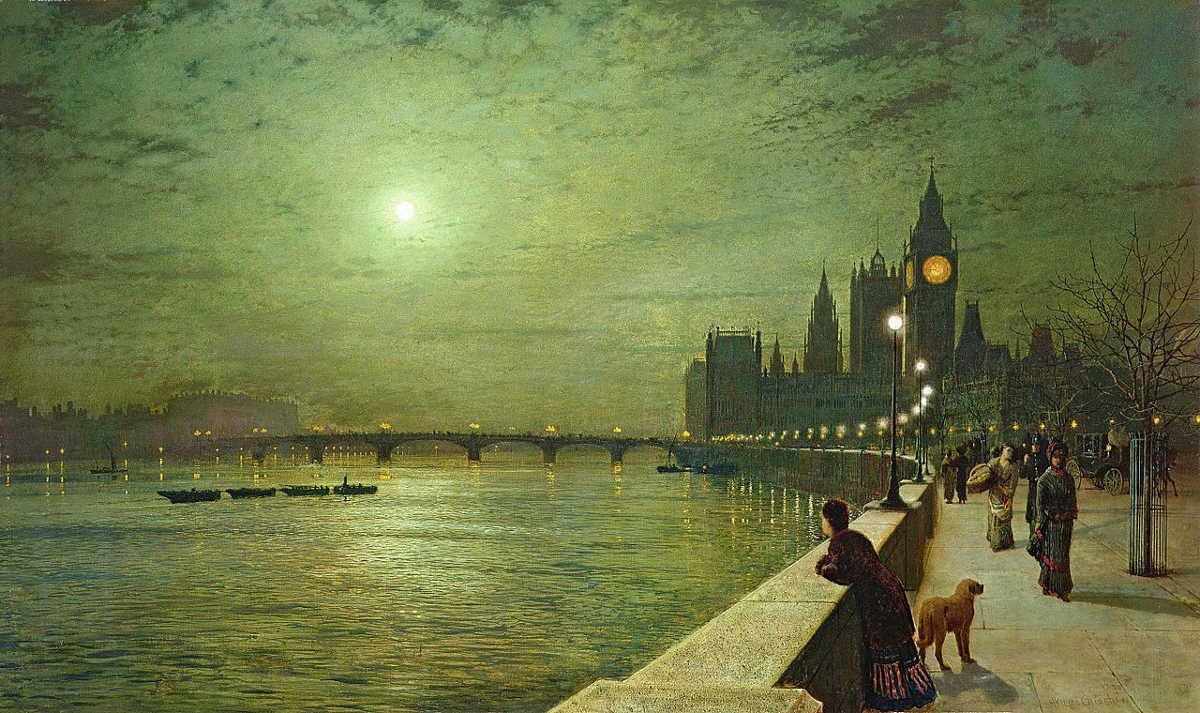
In February 1966, the Soviet Union’s Luna 9 landed safely on the moon and became the first spacecraft to transmit photographs of the moon seen from surface level.
The Soviets didn’t release the photos immediately, but scientists at England’s Jodrell Bank Observatory, who were observing the mission, realized that the signal format was the same as the Radiofax system that newspapers used to transmit pictures. So they just borrowed a receiver from the Daily Express, decoded the images, and published them.
The BBC observes, “It is thought that Russian scientists had deliberately fitted the probe with the standard television equipment, either to ensure that they would get the higher-quality pictures from Jodrell Bank without having the political embarrassment of asking for them, or to prevent the Soviet authorities from making political capital out of the achievement.”
(Thanks, Andrew.)








